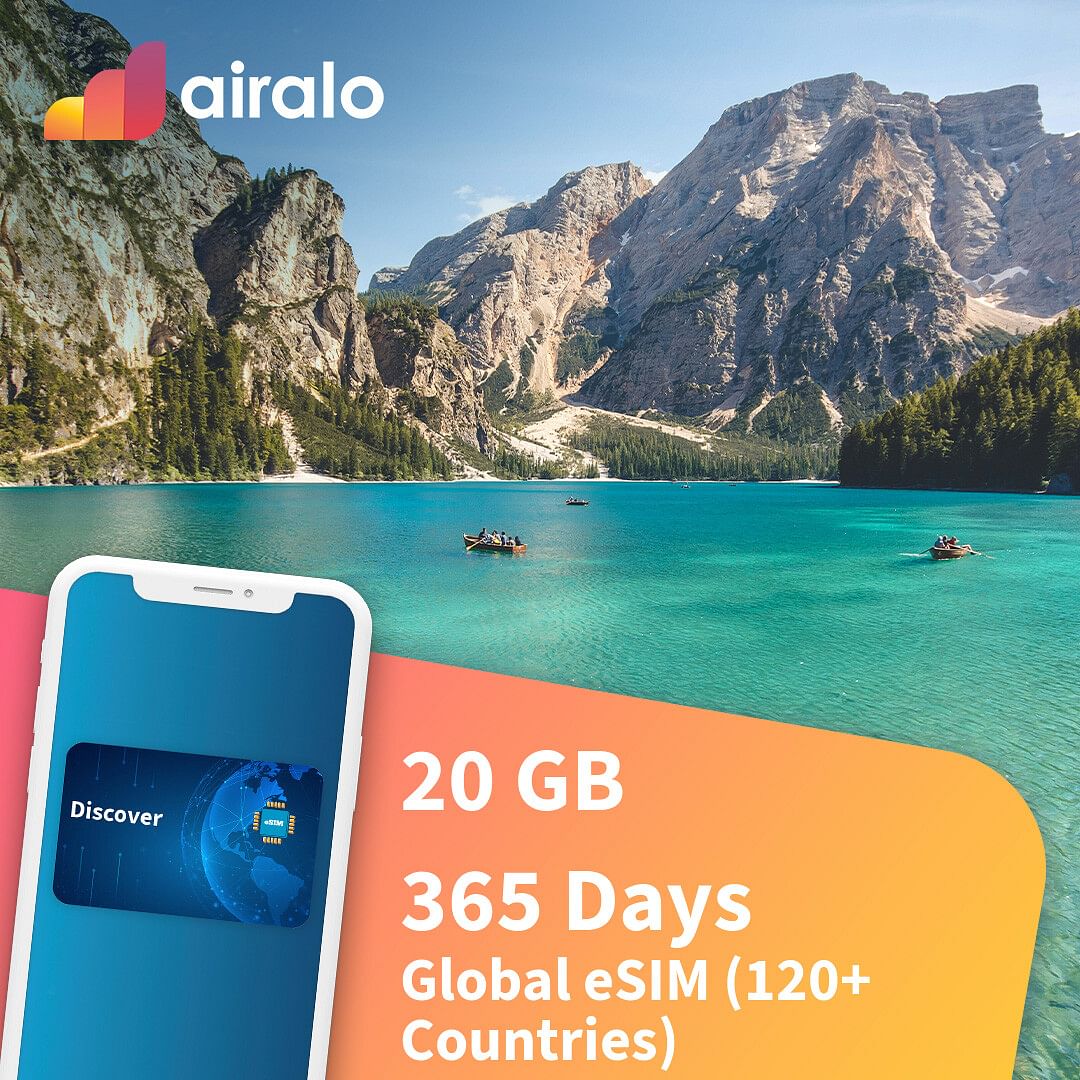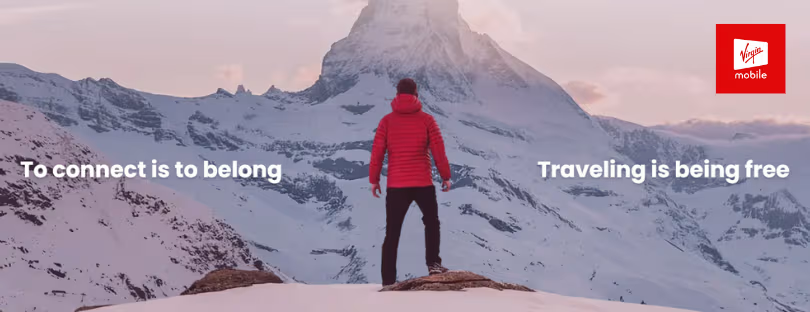
“Best eSIM for X” Articles Are Useless – Here’s What Actually Matters
If you’ve ever typed “best eSlM for Italy” or “top eSlM for USA travel” into Google, you’ve probably been bombarded with dozens of blog posts filled with affiliate links, generic checklists, and regurgitated tables. Most of them say the same thing: “This eSIM provider is the best because… look, it’s cheap and works in 100+ countries!” Oh, and “here’s a discount code.” How to choose the best eSIM for travel
Let’s be honest—most of those “best eSIM for X” articles are written more for search engines than for real people. They’re designed to rank, convert, and earn commission. Which, hey, we get it—everyone’s trying to make a buck online. But the result? A flood of SEO-bait content that doesn’t actually help travelers make smart decisions.
It’s time to cut through the noise. If you actually care about performance, support, and getting your money’s worth while traveling, here’s what really matters when choosing an eSIM.
First: Stop Looking for “The Best eSIM”
There is no “best” eSIM. Let’s just get that out of the way.
There is only the best eSIM for you—your travel style, your destination, how long you’re staying, what devices you use, how much data you need, and whether you care about speed or price (or both).
“Best” articles almost never explain the tech behind these services or the tradeoffs involved in going with one provider over another. They’re usually just listing whatever provider has the highest commission. That’s not shady; it’s just reality. But if you’re making decisions based on that? You’re going to be disappointed.
So, what actually matters?
Let’s break it down into real-world factors that actually impact your experience.
1. Network Peering and Latency: The Invisible Performance Killer
Most eSIM providers don’t own mobile networks. They partner with local carriers through intermediaries or aggregators. The difference? Some eSIMs route your data locally, while others route everything through a European or Asian server—even if you’re standing in New York City. How to choose the best eSIM for travel
This routing matters. A lot.
When your traffic is tunneled halfway across the world before reaching your destination, latency increases. You’ll notice it in slow-loading pages, laggy Zoom calls, and buffering videos. Even sending a WhatsApp message might take a few seconds longer than it should.
👉 Want snappy internet? Look for providers that offer local peering and regional data centers. If you’re in Japan, your eSIM should ideally route traffic within Japan, not through London or Singapore.
2. Data Speed: Not All 5G Is Equal
Just because an eSIM says it supports “5G” doesn’t mean you’ll get blazing speeds. Some networks cap the speed or deprioritize eSIM traffic—especially on tourist-heavy routes or budget-friendly plans.
Also, many so-called 5G plans are actually 4G LTE with a 5G label slapped on for marketing purposes. And if you’re using a data-only eSIM without a local identity, some networks throttle your access compared to native SIMs.
👉 Always check if the provider:
- Specifies maximum speeds (many don’t)
- Offers full network access (vs. throttled/reseller networks)
- Partners with Tier-1 carriers in the country (e.g., Verizon, Orange, NTT Docomo—not unknown MVNOs)
3. Customer Support: When Things Break, Who Can You Talk To? How to choose the best eSIM for travel
Here’s a fun travel moment: You land in Istanbul, your eSIM “activates,” but… nothing works. No bars, no data. You restart your phone four times and then what? You’re in a new city with no internet, no maps, and no way to message your Airbnb host.
This is when customer support becomes everything.
Some eSIM apps have live chat, some only offer email. Some don’t respond at all (especially if you bought the eSIM through a reseller or third-party marketplace). A sleek app means nothing if no one can help you when things go sideways.
👉 Choose a provider with:
- 24/7 live support (bonus if they use WhatsApp or in-app chat)
- A clear refund policy
- Transparent documentation for setup, troubleshooting, and compatibility
4. Compatibility and Setup Experience
Yes, most newer phones support eSIMs—but not all eSIMs support all phones. Also, the setup process is wildly inconsistent. Some providers give you a one-tap install; others require scanning QR codes or copying long activation codes manually.
This can be a nightmare when you’re in a rush or have limited connectivity.
👉 Before buying:
- Check if your exact model is supported (some Xiaomi, Huawei, and Oppo phones are hit-or-miss)
- Look for app-based installs vs. manual QR
- Prefer providers with instant activation and the ability to preload your eSIM before departure
5. Data Expiry and Flexibility
This one catches people out all the time. That 10GB plan might look cheap, but did you know it expires in 7 days—even if you only use 1GB? Some plans are ultra-strict; others let you top up or carry data over.
Also, if your trip gets extended or rerouted, does your provider let you switch regions, add more data, or upgrade seamlessly?
👉 Look for:
- Flexible validity periods
- Top-up options within the app
- Regional or global packages that reduce cost for multi-country trips
So… what should you do instead? How to choose the best eSIM for travel
Here’s a quick, no-BS guide:
- Destination matters: Start by looking at which local carrier your eSIM will connect to in your country of travel. Avoid providers that don’t disclose this.
- Speed & latency > price: If you’re working remotely, gaming, or streaming, prioritize providers with good routing and premium networks. Don’t just pick the cheapest 5GB plan.
- Support is non-negotiable: Unless you enjoy emailing support@unknownesimprovider.com and waiting 48 hours.
- Check reviews on Reddit, not just Google: Reddit threads often reveal real-world issues that blog posts gloss over. Look for recent user feedback in travel forums or r/eSIM.
- Use multiple providers if needed: There’s no rule saying you must pick one. Grab an affordable global plan for backup and a local plan for primary usage.
Final Thought: Trust Personalization, Not Popularity
Just because an eSIM plan is popular doesn’t mean it’s the right fit for you. Recommending a one-size-fits-all “best” eSIM for a whole country misses the point — travel is personal.
So the next time you see a headline telling you “This Is the Best eSIM for X,” take it with a grain of salt. Ask: Best for whom? Best in what context? And best compared to what?
Chances are, the real “best” eSIM is the one tailored to your needs, your trip, and your travel style—not someone else’s.
So next time you see an article titled “Top 5 eSIMs for Europe”, read it for what it is: a starting point at best, but not the final answer. How to choose the best eSIM for travel
Because the best eSIM isn’t the one that gives you a €2 discount—it’s the one that works flawlessly when you need it most.
Want help finding an eSIM that actually suits your travel style? Forget the rankings. Just answer: where are you going, how long, and how much data do you really need? We’ll match you with something that works. No fluff, no affiliate nonsense.
Alertify is building the Best eSIM Finder tool to help you cut through the noise and instantly match with the right eSIM for your travel needs.










